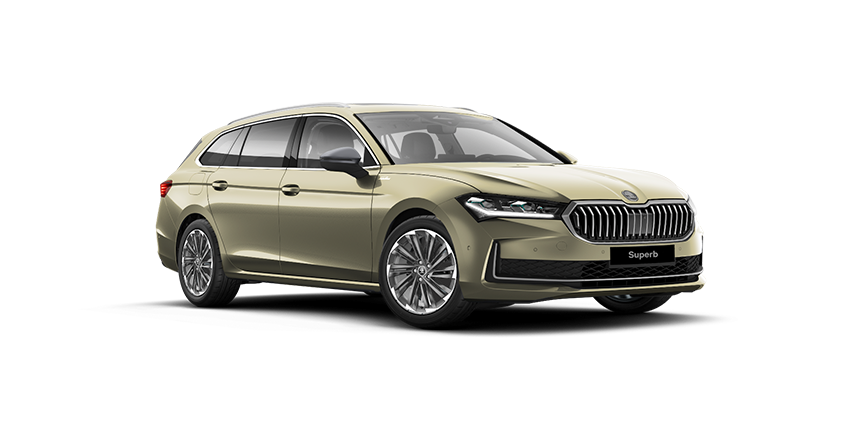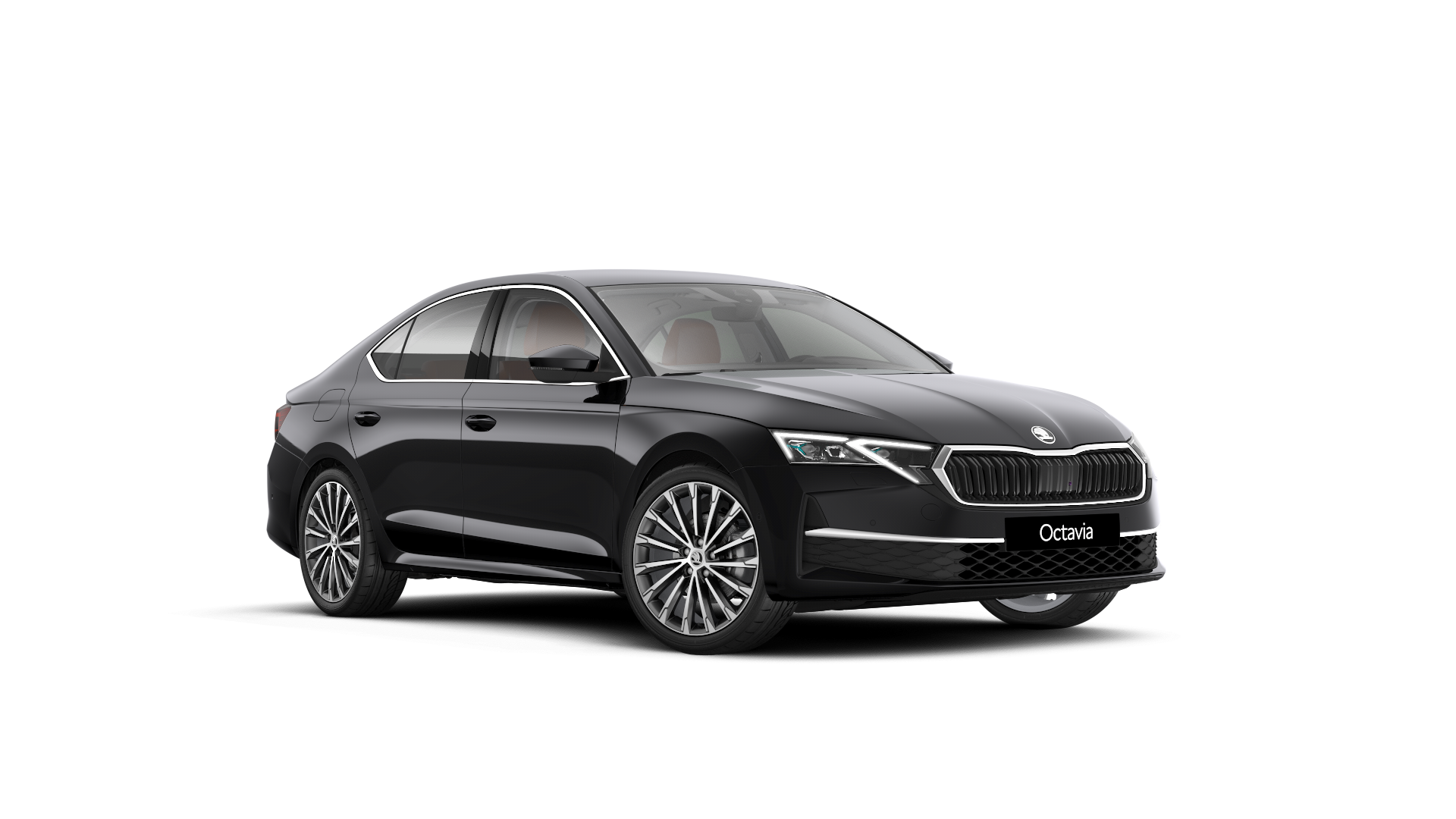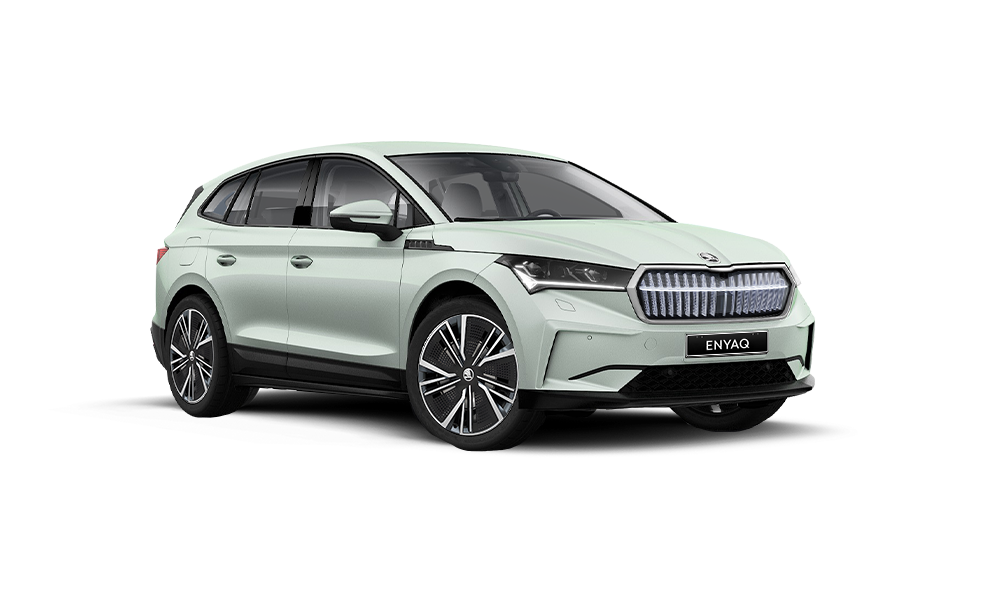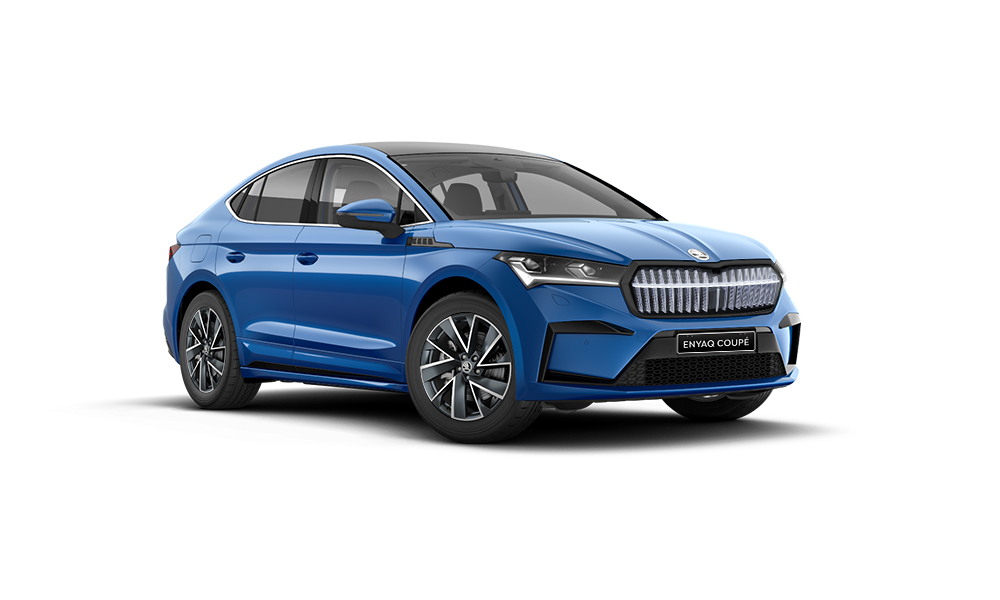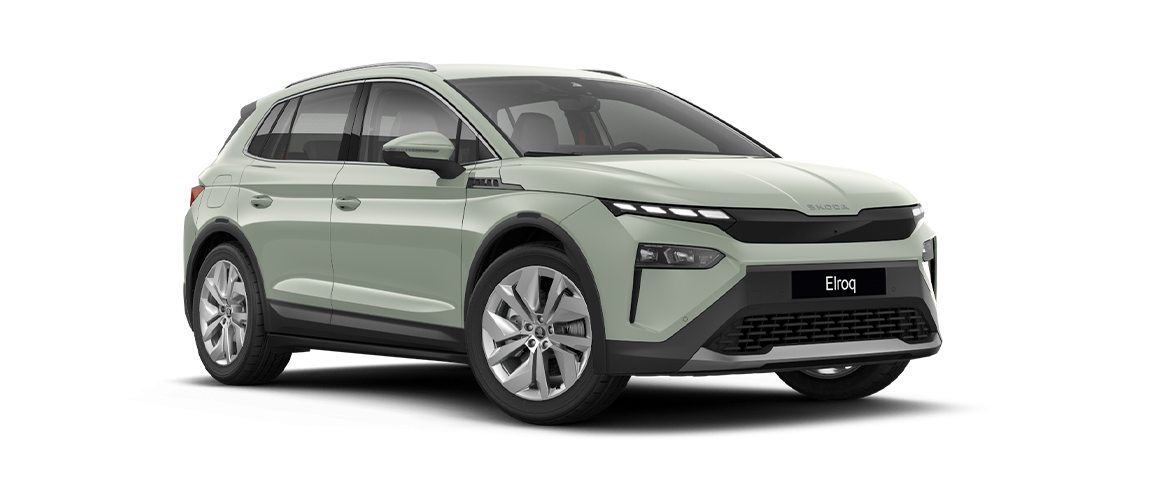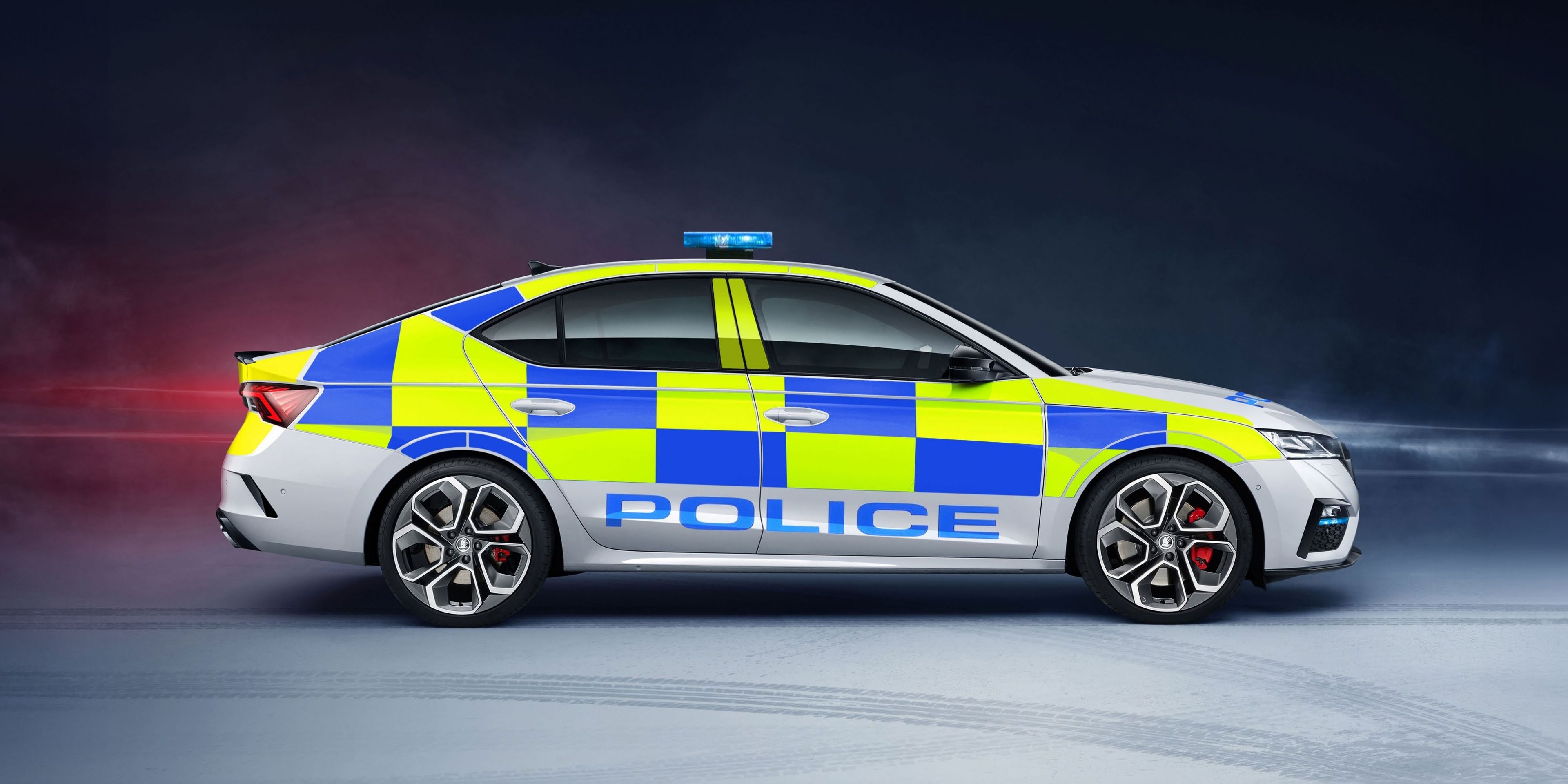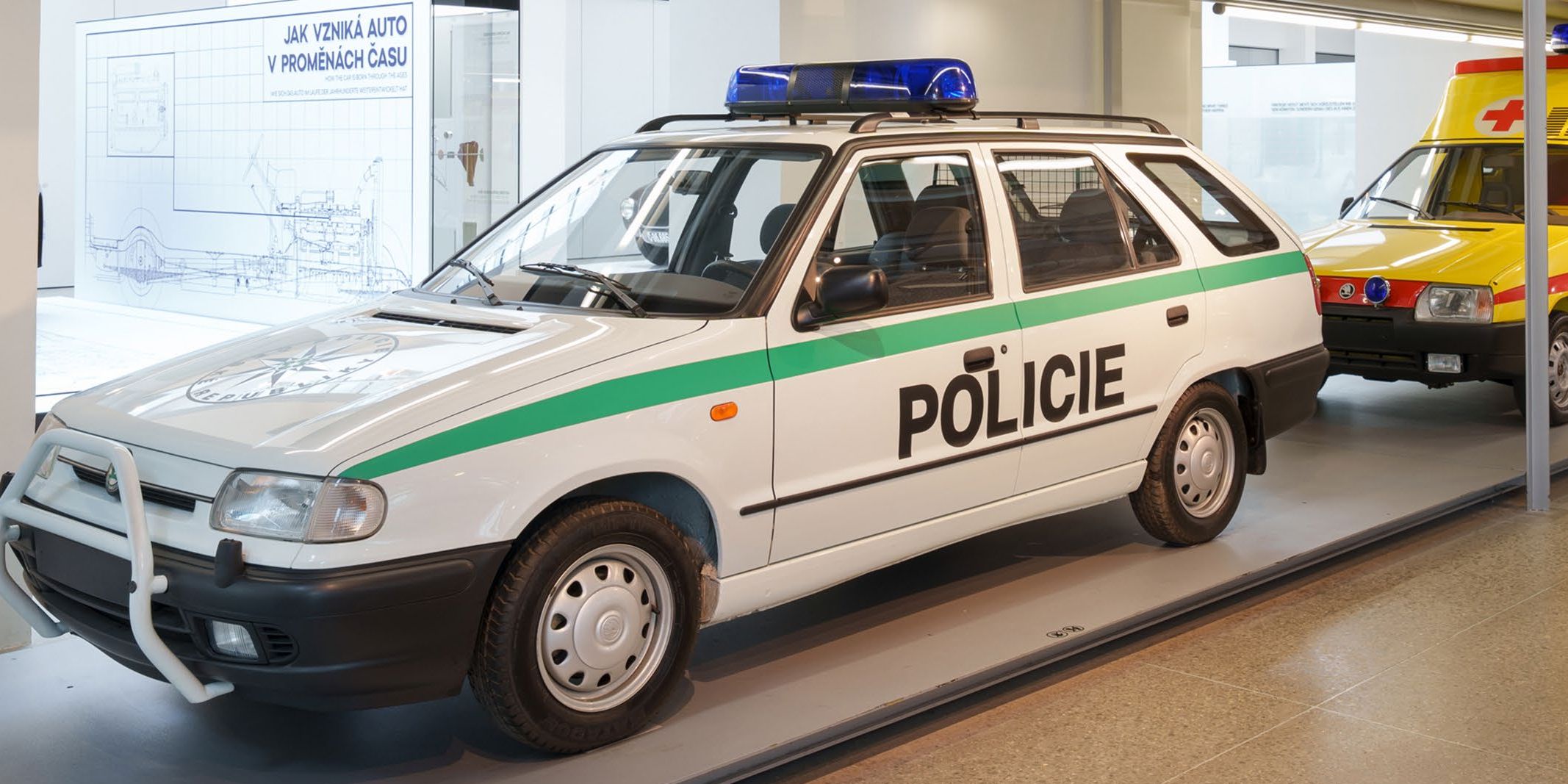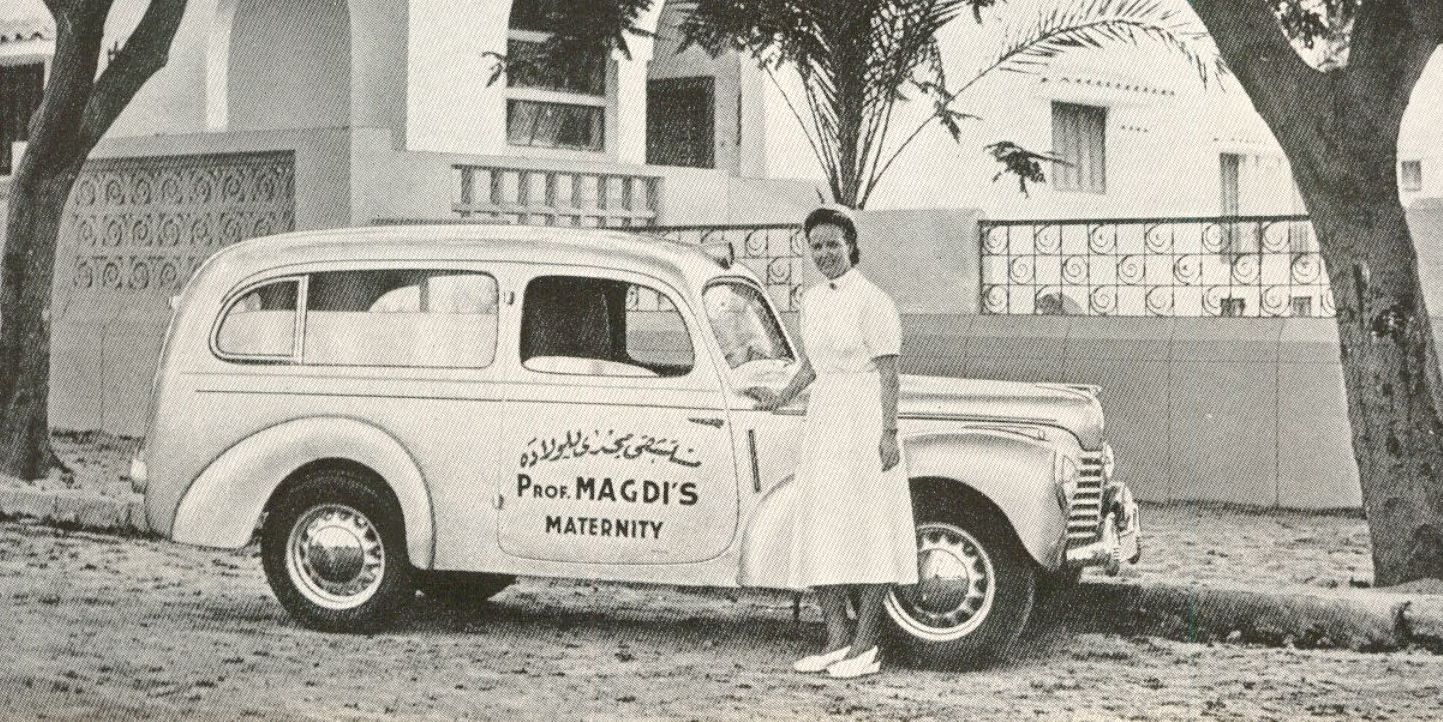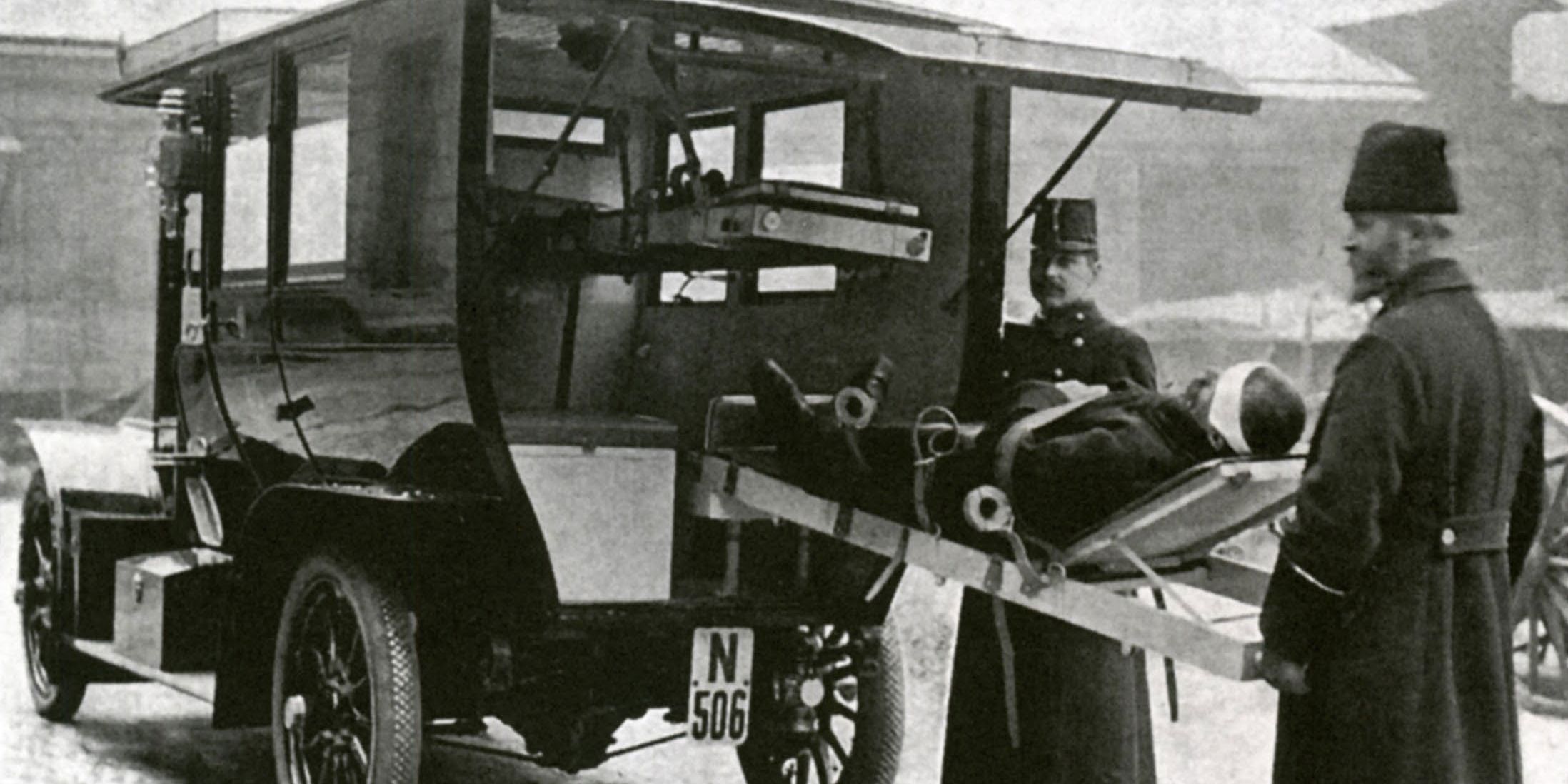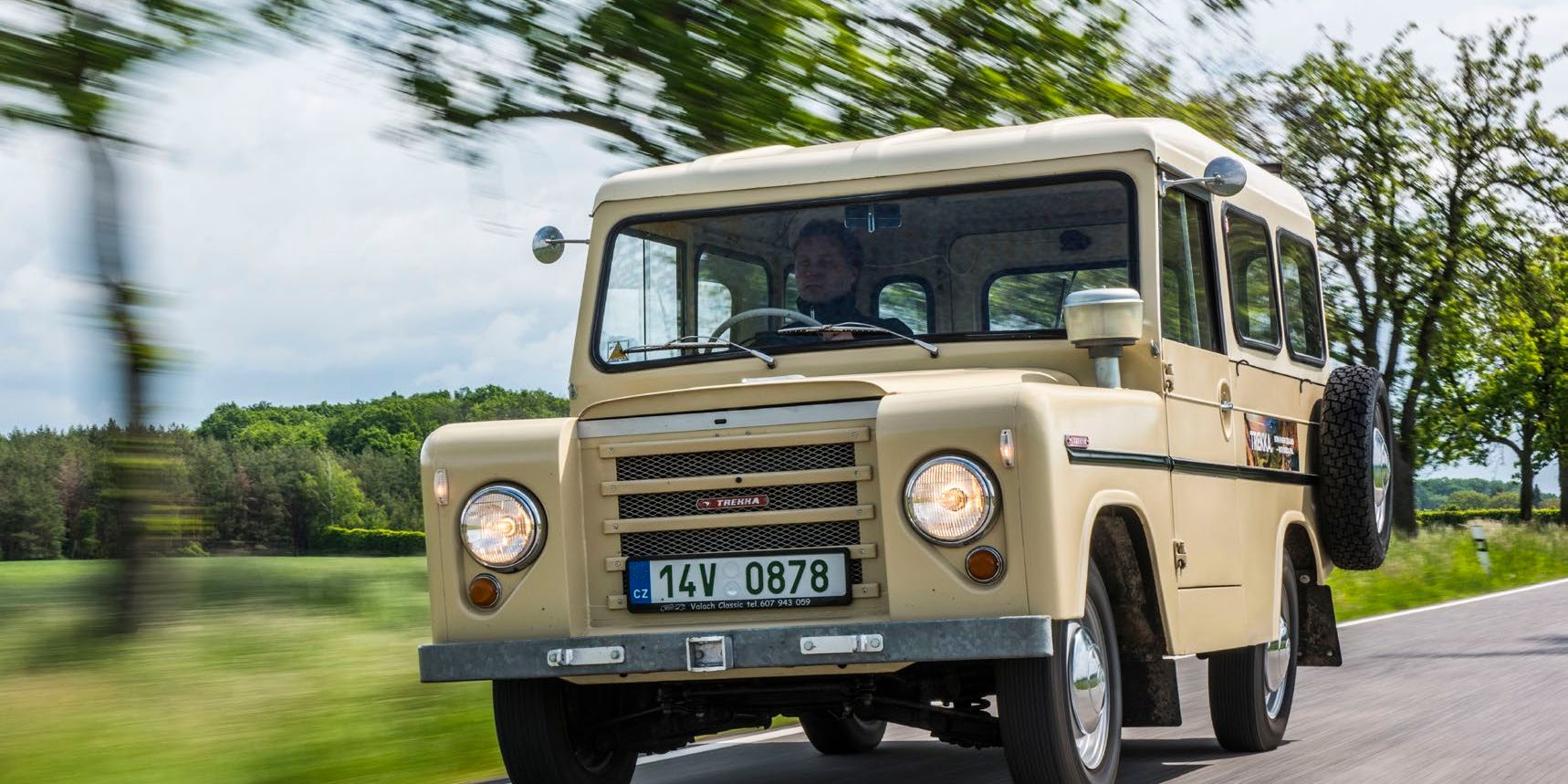This year, we proudly celebrate 130 years of the Škoda brand, originally known as Laurin & Klement.
Since 1895, we've been driven by a passion for innovation and excellence. From our humble beginnings as a bicycle manufacturer to our evolution into a global leader in the automotive industry, our journey reflects a steadfast commitment to quality, sustainability, and customer satisfaction.
Škoda's journey around the world: Breaking boundaries
Škoda understands the world: Tailored for every market
Tastes differ - in cars as much as in cuisine. If a brand wants to achieve global importance, it must be capable of adapting to the unique conditions of particular countries and cultures. Historically, Škoda has never shied away from creating special variants designed for exotic and distant markets.
Chasing records: Pushing boundaries, inspiring fandom
A legacy of innovation and dedication - Constantly pushing boundaries is deeply rooted in Škoda's DNA. This is demonstrated by numerous successful record-breaking attempts, setting new benchmarks for others, as well as by original, even seemingly crazy ideas, some of which have found their way into the Guinness World Records.
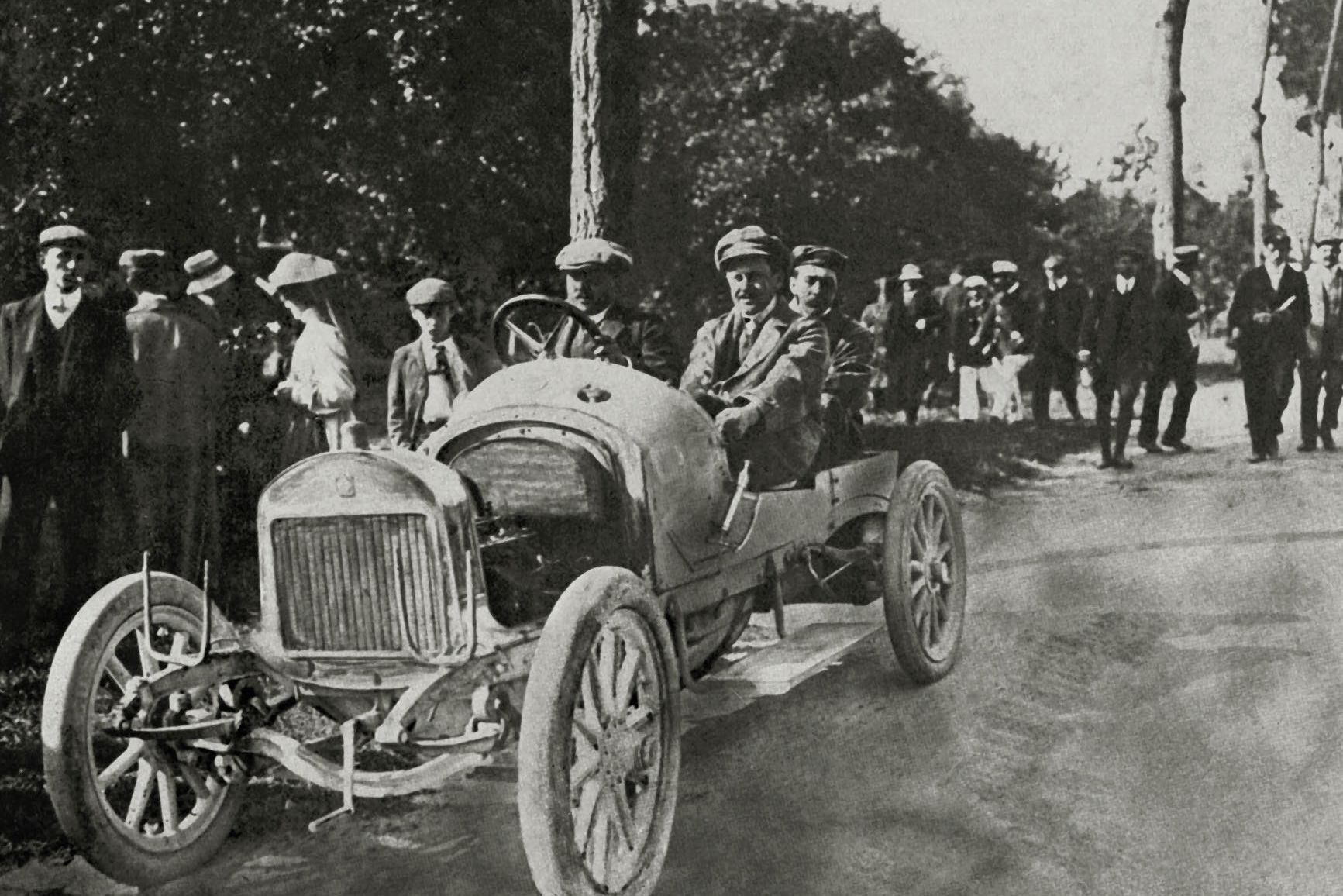
1908: 118.72 km/h at Brooklands
To prove the quality of Mladá Boleslav vehicles to demanding British customers, a determined group led by Václav Klement headed to the Brooklands racetrack. The Laurin & Klement FCS achieved an average speed of 118.72 km/h over one mile - a new speed record in the class of four-cylinder engines with a bore up to 86 mm.
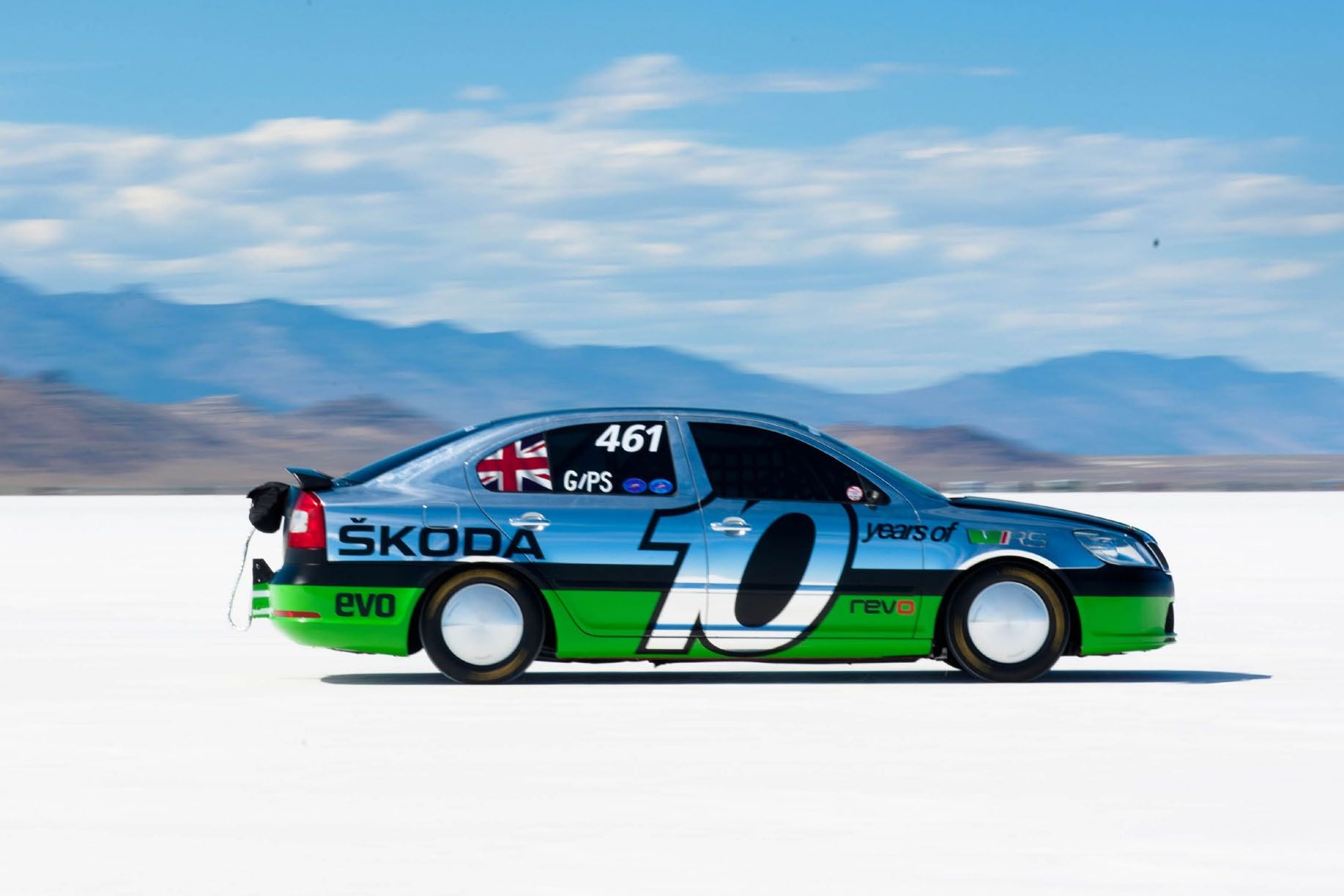
2011: Fastest Škoda ever on the Bonneville Salt Flats
The fascinating pursuit of top speed is an endless process, with ever-new ways emerging to surpass existing records. Škoda's British importer took a radically modified Octavia RS to the Bonneville Salt Flats in Utah. Its finely tuned, two-litre TFSI engine delivered an impressive 550 horsepower, ultimately achieving a maximum speed of 365.450 km/h. The vehicle rightfully earned the title of 'Fastest Škoda Ever'.
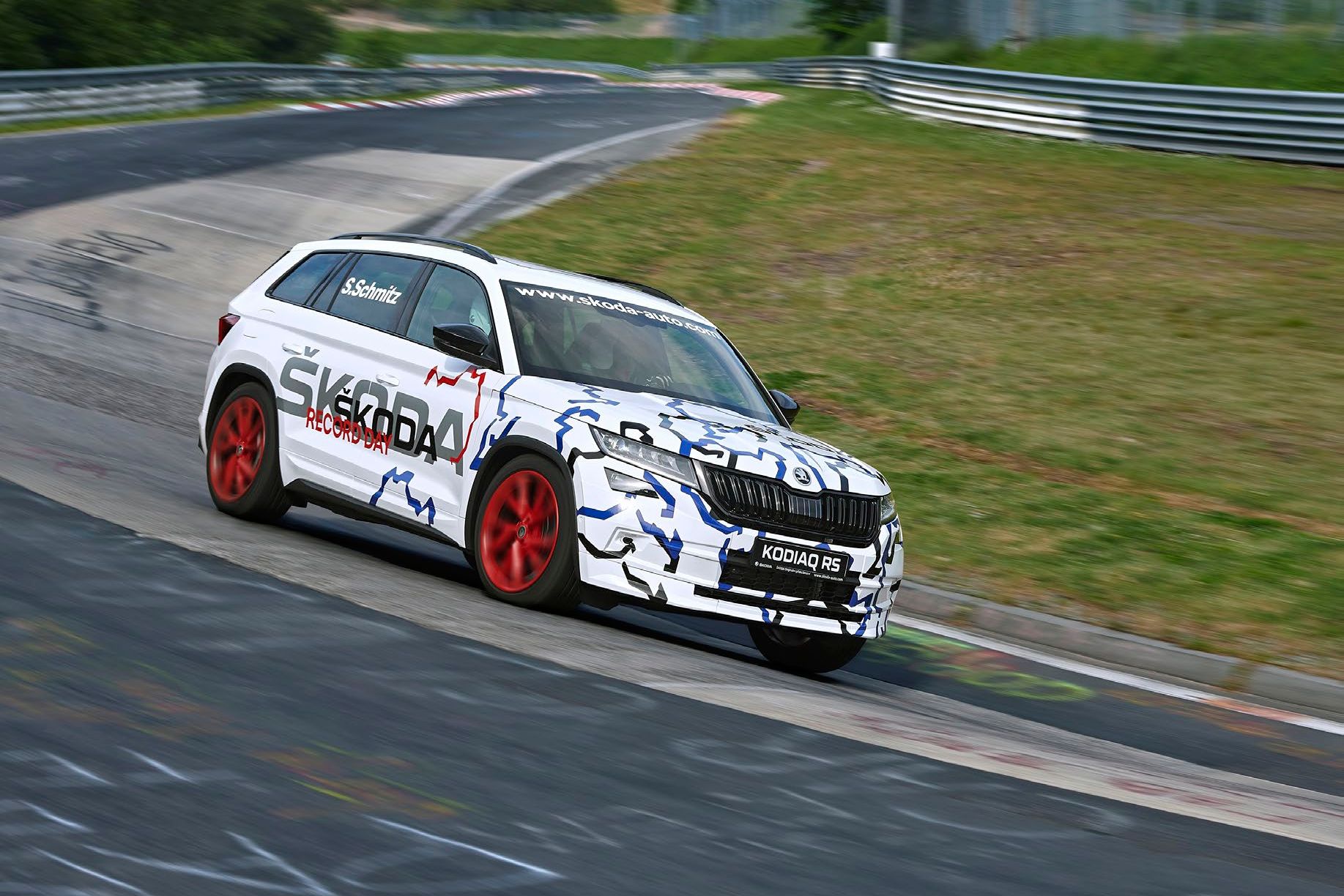
2018: Catching an arrow at 215 km/h?
Austrian Olympic archer Laurence Baldauff shoots an arrow towards a target 70 metres away, while martial arts trainer Markus Haas catches it mid-flight from the sunroof of a Škoda Octavia RS with his bare hand. This synchronised performance of human skill and cutting-edge automotive technology succeeded brilliantly.
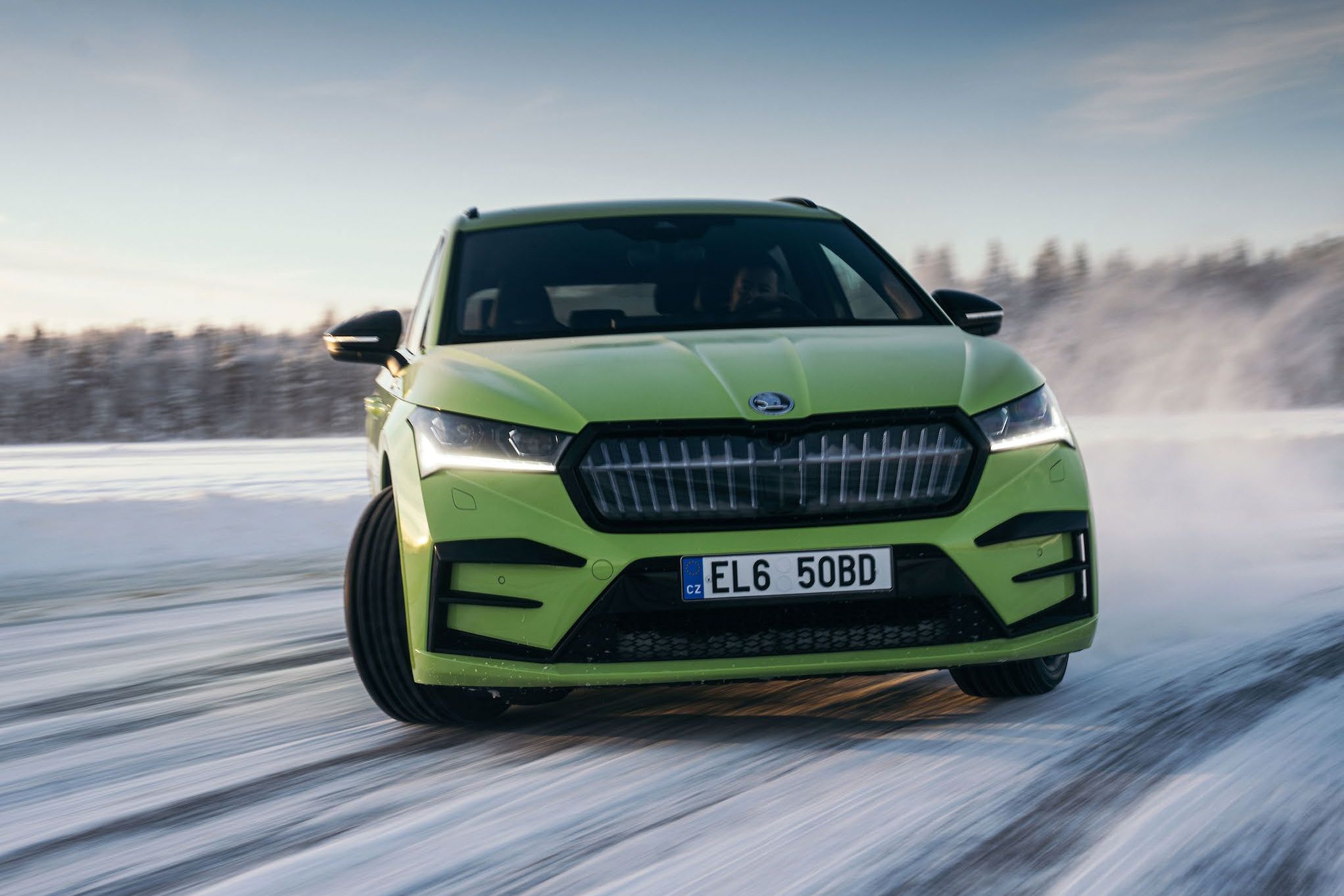
2018: Fastest SUV in 'Green Hell'
The Nordschleife, the northern loop of the iconic Nürburgring racetrack known as Green Hell, is usually reserved exclusively for sports cars. Nevertheless, the first-generation Škoda Kodiaq RS 2.0 TDI, boasting 239 horsepower and driven by the Queen of the Ring herself, Sabine Schmitz, took up the challenge. With a lap time of 9 minutes, 29.84 seconds, the Kodiaq RS became the fastest seven-seater SUV on the Nordschleife.
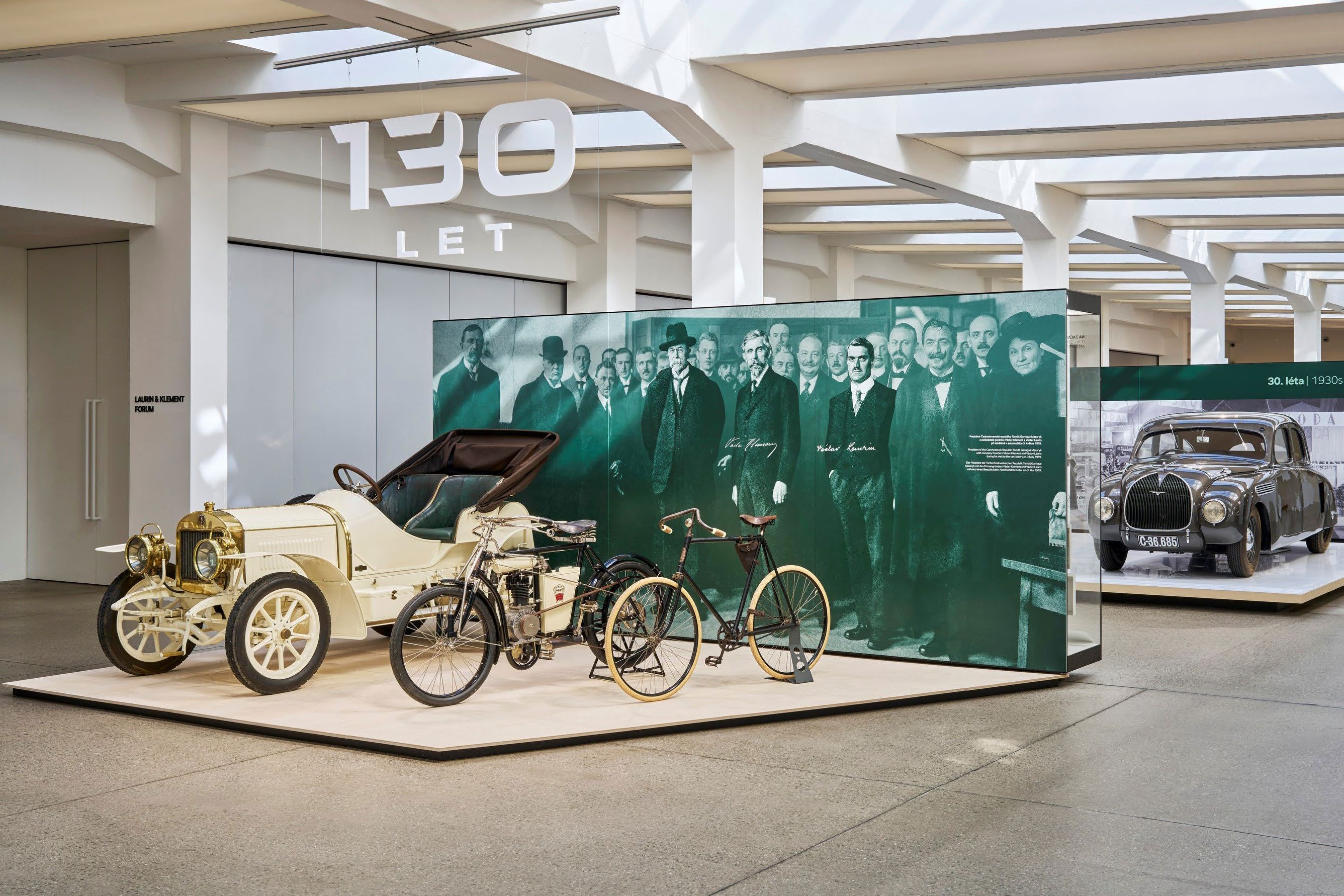
2023: World's longest drift
During a single attempt, the Škoda Enyaq RS secured two entries in the Guinness World Records. On the frozen Swedish lake Stortjärnen, the car from Mladá Boleslav set a record for the longest continuous drift on ice, covering a distance of 7.351 km, and simultaneously claimed a record in the electric vehicle category.
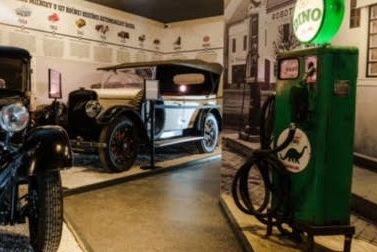
Remarkable Škoda Museums:
In addition to the Škoda Museum in Mladá Boleslav, museums dedicated to Škoda's history exist around the world:
- Slovakia: Škoda Classic Cars Museum, Trenčín
- Germany: Deutsches Škoda Museum, Stiebritz
- Denmark: Škoda Museum Danmark, Glamsbjerg
- Australia: Škoda and Tatra Museum, Oberon
As we celebrate 130 years of innovation and bold ideas, Škoda’s heritage isn’t just a look back — it’s a launchpad for the future. Our journey from a small workshop to a global brand continues to inspire what comes next. See how our legacy drives tomorrow’s possibilities.
